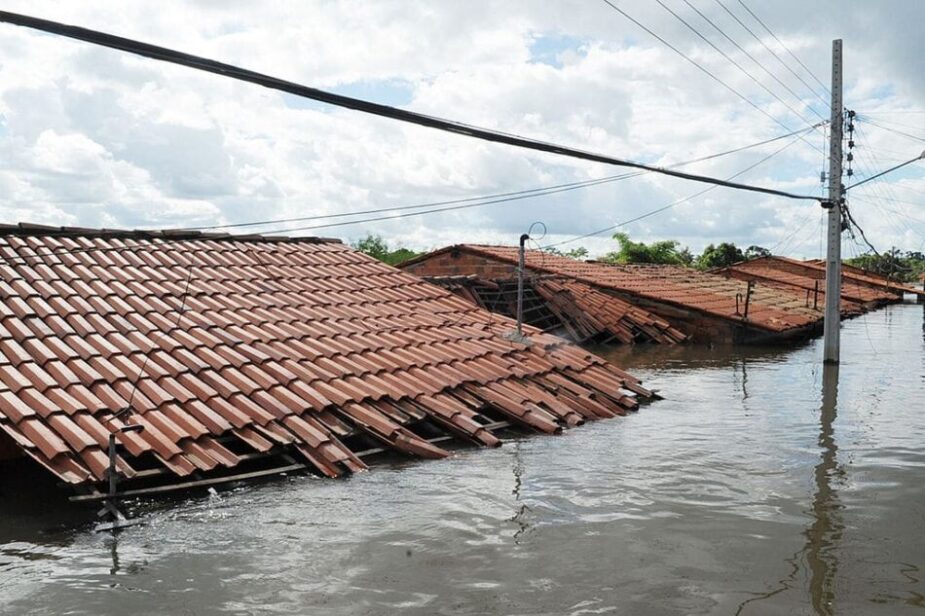Summary:
A new study published in Advances in Atmospheric Sciences explores the intricate relationship between methane emissions and the future recovery of the stratospheric ozone layer. While international policies like the Montreal Protocol have curbed ozone-depleting substances, other factors, including methane, are emerging as key influences on ozone recovery, particularly in the polar regions.
Using the Whole Atmosphere Community Climate Model, researchers examined how methane, carbon dioxide, and sea surface temperature interact under the high-emission RCP8.5 climate scenario for 2050. The findings suggest that rising methane levels could enhance ozone recovery by reducing ozone-depleting substances through chemical processes, particularly in the Arctic. Methane could account for up to 69% of ozone variability in Antarctica, with its influence surpassing that of declining ozone-depleting substances in the Arctic after 2040.
New study highlights dual role of methane in future ozone layer recovery

The new study sheds light on the complex relationship between methane emissions and the recovery of the stratospheric ozone layer. The research underscores how future increases in methane emissions could significantly influence ozone recovery, particularly in the polar regions.
The ozone layer, which protects life on Earth from harmful ultraviolet radiation, has been a focal point of scientific research for decades. While international efforts like the Montreal Protocol have successfully curbed ozone-depleting substances, the future recovery of the ozone layer faces new uncertainties due to global warming and human activities.
Dr. Fei Xie from Beijing Normal University, one of the corresponding authors of the study, explains: “Our research highlights the dual role of methane in ozone recovery. While methane is a potent greenhouse gas that contributes to global warming, it also has complex chemical interactions in the atmosphere that can affect ozone levels. Understanding these dual effects is critical for predicting future ozone recovery and its implications for climate.”
Using the Whole Atmosphere Community Climate Model (version 4), the research team conducted sensitivity experiments to investigate the independent and joint impacts of methane, carbon dioxide, and sea surface temperature on stratospheric ozone under the Representative Concentration Pathway (RCP) 8.5 scenario in 2050.
The RCP8.5 scenario is a future climate pathway that assumes high greenhouse gas emissions and limited climate mitigation efforts, leading to significant global warming by the end of the century. This scenario is often used to explore the potential impacts of a “business-as-usual” approach to climate change.
The results reveal that rising methane emissions could have a particularly strong positive impact on ozone recovery in both the Arctic and Antarctic regions.
“Just as ozone can be harmful at ground level but beneficial in the stratosphere, methane and other ozone precursors exhibit similar dual characteristics,” Dr. Xie adds. “By adopting a more nuanced perspective, we can better understand the two-sided effects of these substances and work toward optimal solutions for climate governance.”
Looking ahead, the research team plans to refine their models to account for additional factors influencing ozone recovery. They also aim to explore the potential climatic and atmospheric impacts of future ozone recovery, linking causes (factors affecting recovery) with consequences (climatic effects of recovery).
“Our ultimate goal is to provide a comprehensive understanding of ozone recovery pathways and their broader implications,” says Dr. Xie. “This will help policymakers and scientists make informed decisions to address both ozone layer restoration and climate change.”
Journal Reference:
Liu, N., Xie, F., Xia, Y. et al., ‘Impact of Methane Emissions on Future Stratospheric Ozone Recovery’, Advances in Atmospheric Sciences (2025). DOI: 10.1007/s00376-024-4142-6
Article Source:
Press Release/Material by Institute of Atmospheric Physics | Chinese Academy of Sciences
Featured image credit: Javier Miranda | Unsplash




